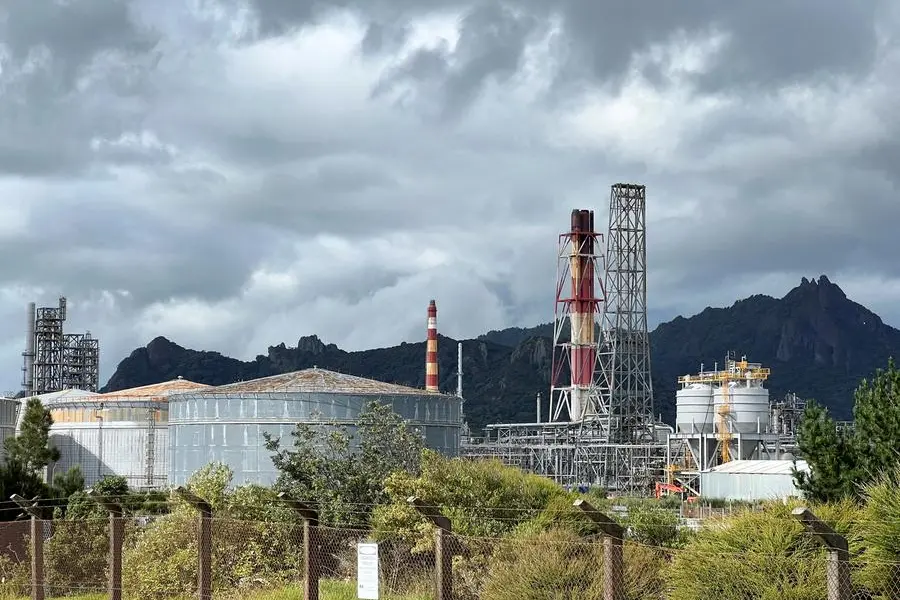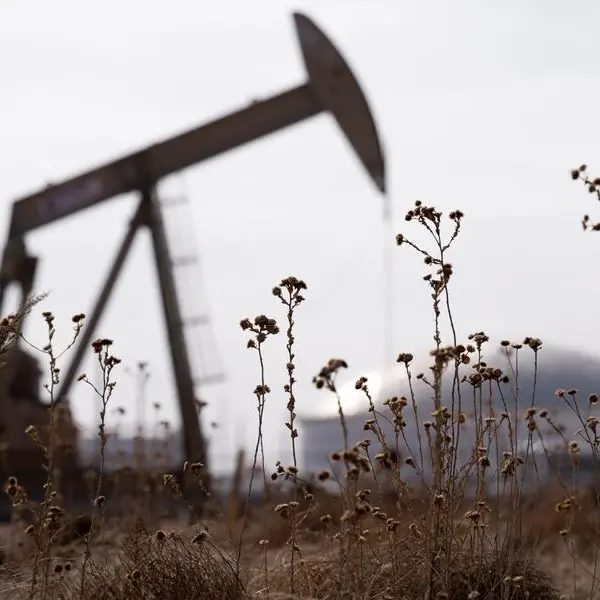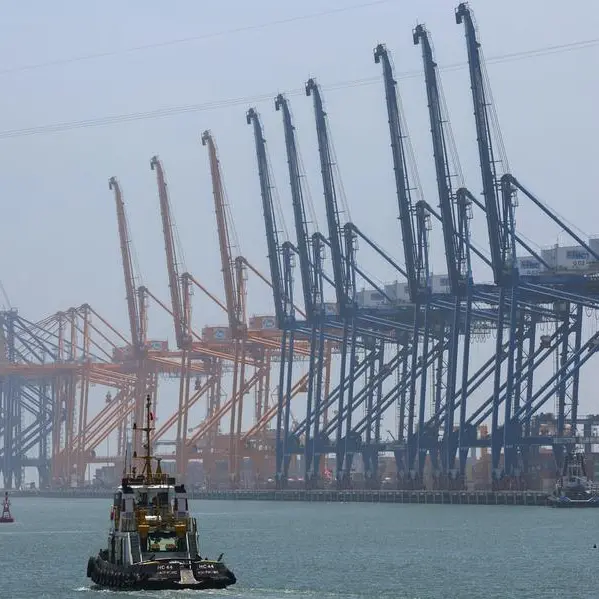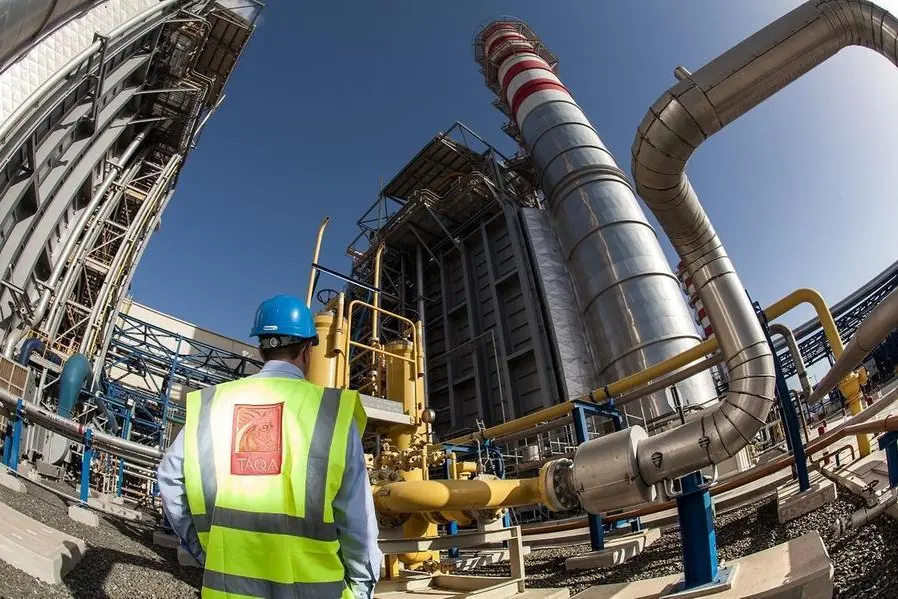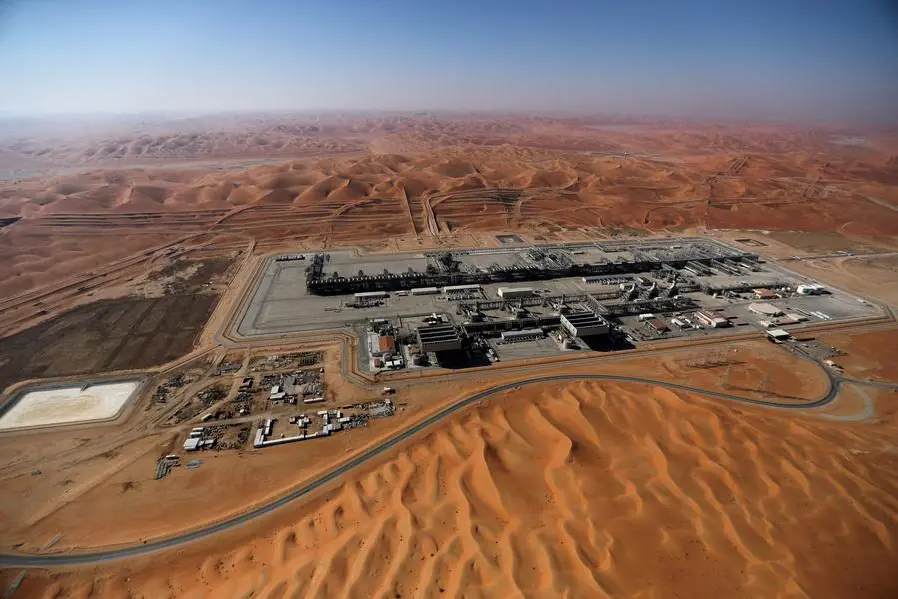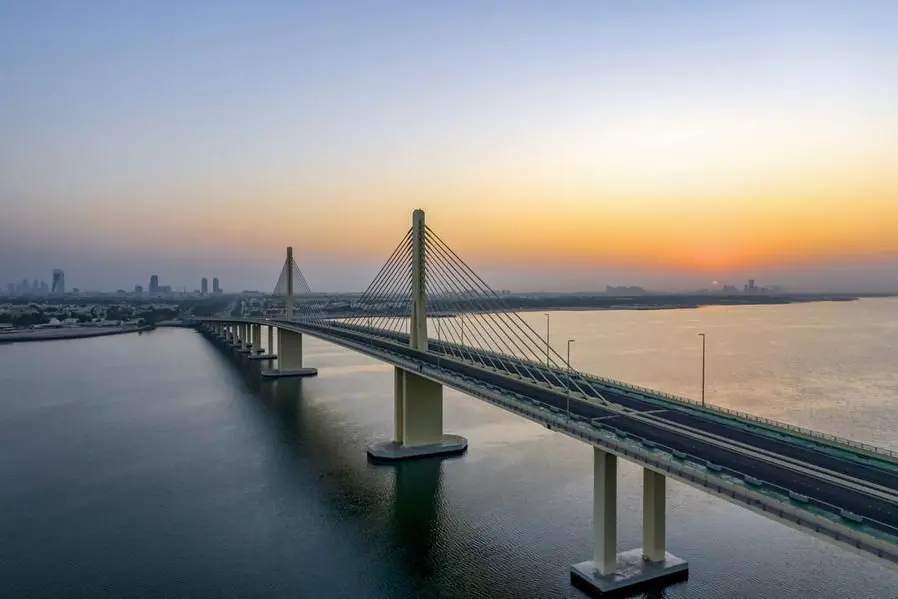PHOTO
(The opinions expressed here are those of the author, a columnist for Reuters)
LITTLETON, Colorado - Power generators in New Zealand have lifted output from fossil fuels to the highest in three years so far in 2024, as they struggle to offset the largest year-over-year drop in generation from hydro dams in roughly a decade.
Total fossil fuel-fired electricity generation from January through July was 4.36 terawatt hours (TWh), according to energy think tank Ember.
That total was 1.75 TWh or 67% higher than during the same months in 2023, and nearly matched the 1.86 TWh drop in generation from the country's hydro dams during the same period.
Hydro power is New Zealand's main source of electricity generation, and normally accounts for around 58% of the country's annual electricity supplies.
However, hydro's share of total generation dropped to just 48.6% in July - the lowest monthly reading in at least a decade - as sustained drought has curbed hydro production and forced power generators to lift output from other sources.
PRICE PAIN
Tight power supplies have also triggered a surge in wholesale power prices, which scaled all-time highs earlier this month and are up over 180% since the start of 2024.
New Zealand's power prices are also more than double those in neighbour Australia, and mean New Zealand's homes and businesses pay some of the highest energy bills in the region.
In an attempt to alleviate potential power shortages and reduce price pressure, New Zealand's government has reversed a ban on offshore oil and gas exploration and has pledged to fast-track approvals for liquefied natural gas (LNG) imports.
However, those measures may take years to materially impact gas supplies to power producers, so power suppliers will likely continue to face tight supplies of generation fuels for the remainder of 2024 at least.
RENEWABLE GROWTH
The quickest possible path to a sustained recovery in power generation levels would be if there was a change to the region's weather systems which triggered more rainfall.
An El Nino weather pattern over the Indian and Pacific oceans has caused drier than normal conditions across much of Australia and New Zealand so far this year, resulting in New Zealand's drought readings.
But there is a 60%-70% chance of a La Nina pattern forming during the latter months of the year, according to the New Zealand National Institute of Water and Atmospheric Research (NIWA), which could bring more rains across Oceania.
Any sustained rebound in rainfall would result in a commensurate rise in hydro generation, and higher overall electricity output.
Further growth to New Zealand's solar generation sector is another path to higher clean electricity output.
Installed solar capacity as of the end of July was 455 megawatts, according to the New Zealand electricity authority EMI.
That total is up from 295 MW in July 2023, and so marks a more than 50% increase in generation capacity within a year.
Installation data also indicates that roughly 40 MW of new capacity has been installed since the end of last summer, and so stands to make a notable impact on generation totals during the upcoming southern hemisphere summer when solar output peaks.
Roughly 44 MW of total installed solar capacity has battery storage, and so is capable of discharging that power into the national grid system even after the sun sets.
In combination, that higher solar capacity footprint alongside more regular rainfall could help New Zealand's power firms boost overall supplies from the current stunted generation levels.
But New Zealand's total electricity demand also looks set to climb towards the end of the year due to greater demand for cooling systems during the summer, and so may keep pressure on the country's power network even if overall supplies mount a rebound.
In that case, power producers will likely continue to deploy growing volumes of fossil fuels within the generation mix despite ongoing efforts to reduce overall power sector emissions.
(Reporting by Gavin Maguire; Editing by Jacqueline Wong)
